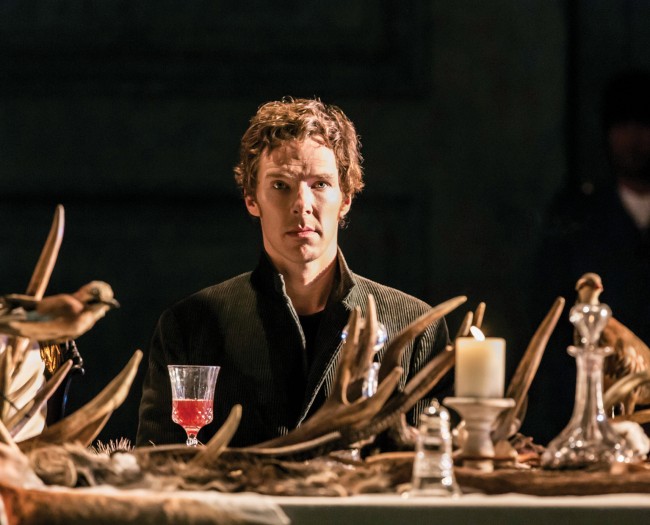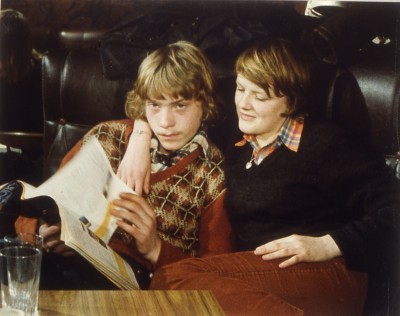Every year there are at least one or two films that come out of left field and delight audiences enough to generate that most ineffable and valuable kind of publicity, word of mouth publicity. Such is the case with the new comedic documentary MEET THE PATELS, which has shown great legs and made its way from a humble start in just one of our theaters to six of them: by this Friday we’ll be showing it at the NoHo, Royal, Claremont, Town Center and Playhouse. PATELS is a laugh-out-loud real life romantic comedy about Ravi Patel, an almost-30-year-old Indian-American who enters a love triangle between the woman of his dreams…and his parents. This hilarious and heartwarming film reveals how love can be a family affair.
In his L.A. Times review, Kenneth Turan wrote that the film “[turns] one man’s culturally specific journey into a lively and engaging universal story made with an unmistakable sense of fun.” In the New York Daily News, Jordan Hoffman wrote: “MEET THE PATELS is warm and loaded with laughs, and it might even create some intercultural understanding. If only all our relationship woes could be so worthwhile.” In Variety Andrew Barker called the film “often riotously funny.” If you haven’t seen it yet, check it out!


 Paramount’s Dr. Jekyll and Mr. Hyde, directed by John S. Robertson and produced by Famous Players-Lasky, was the first of three film treatments of Robert Louis Stevenson’s famous novella produced in 1920. It starred John Barrymore as the fatally split personalities, and featured Martha Mansfield and Nita Naldi as their love interests, roles based on a stage treatment, not the original story.
Paramount’s Dr. Jekyll and Mr. Hyde, directed by John S. Robertson and produced by Famous Players-Lasky, was the first of three film treatments of Robert Louis Stevenson’s famous novella produced in 1920. It starred John Barrymore as the fatally split personalities, and featured Martha Mansfield and Nita Naldi as their love interests, roles based on a stage treatment, not the original story.

 Best of all (at least from my point of view), we’ll be screening
Best of all (at least from my point of view), we’ll be screening 



